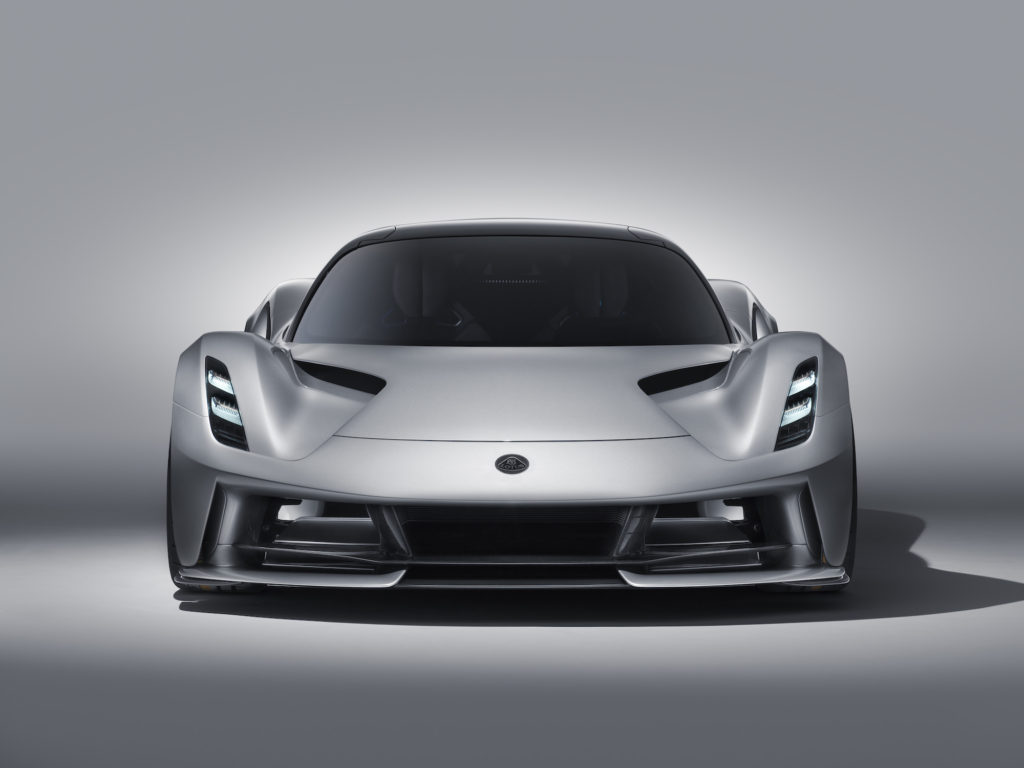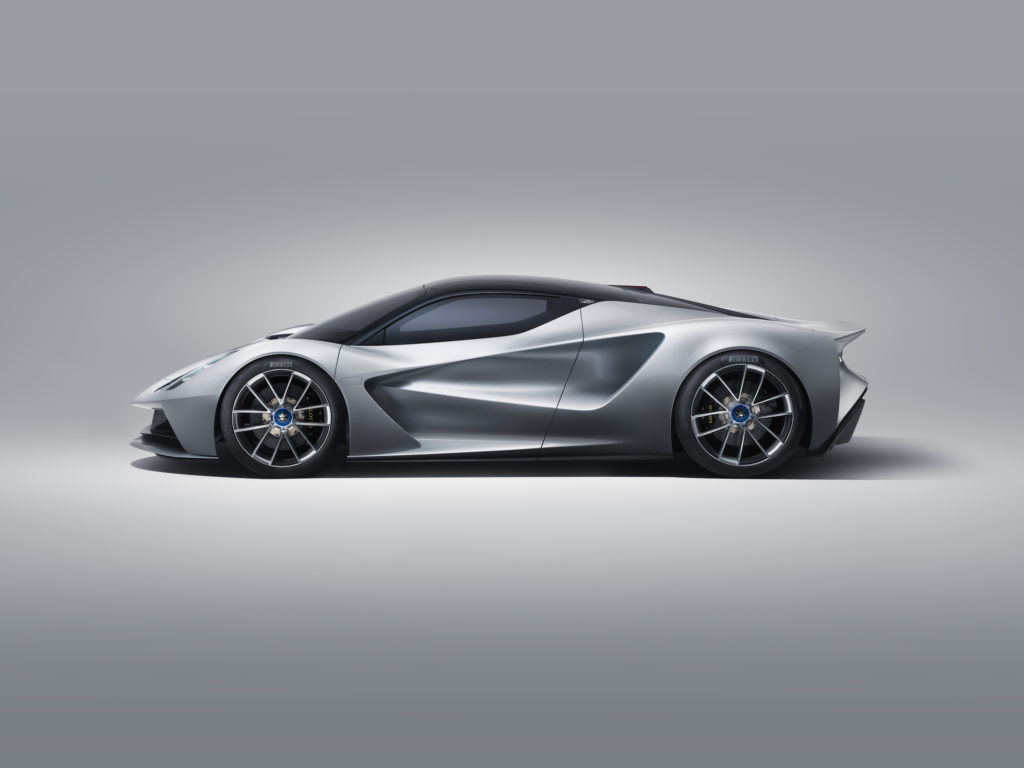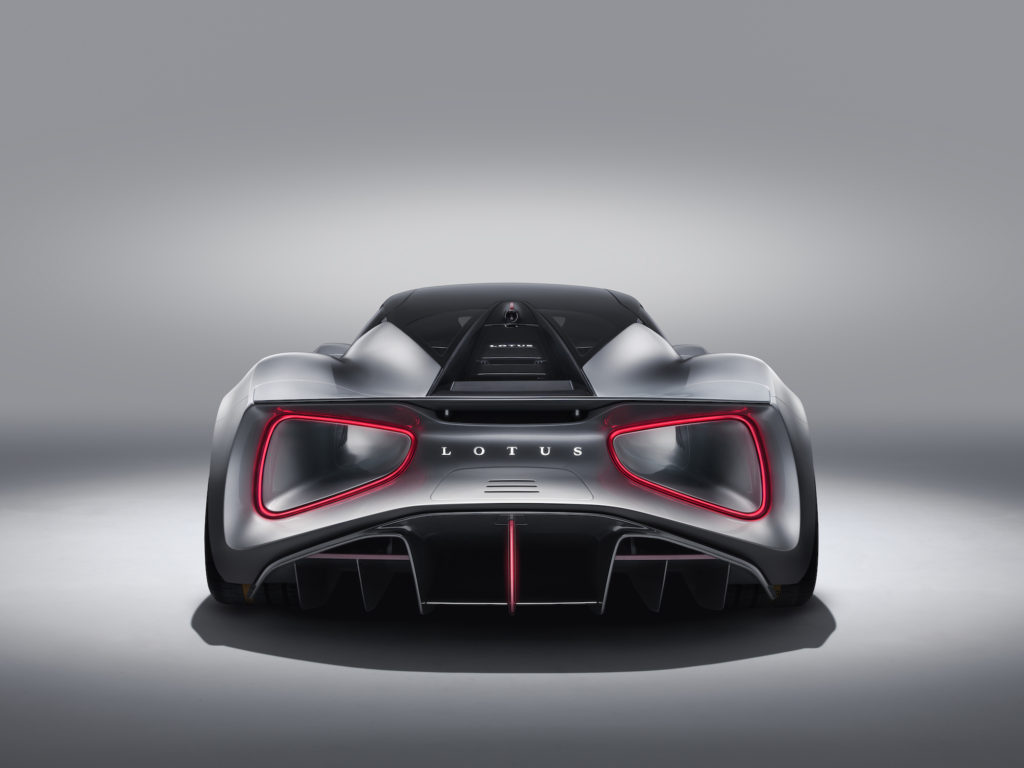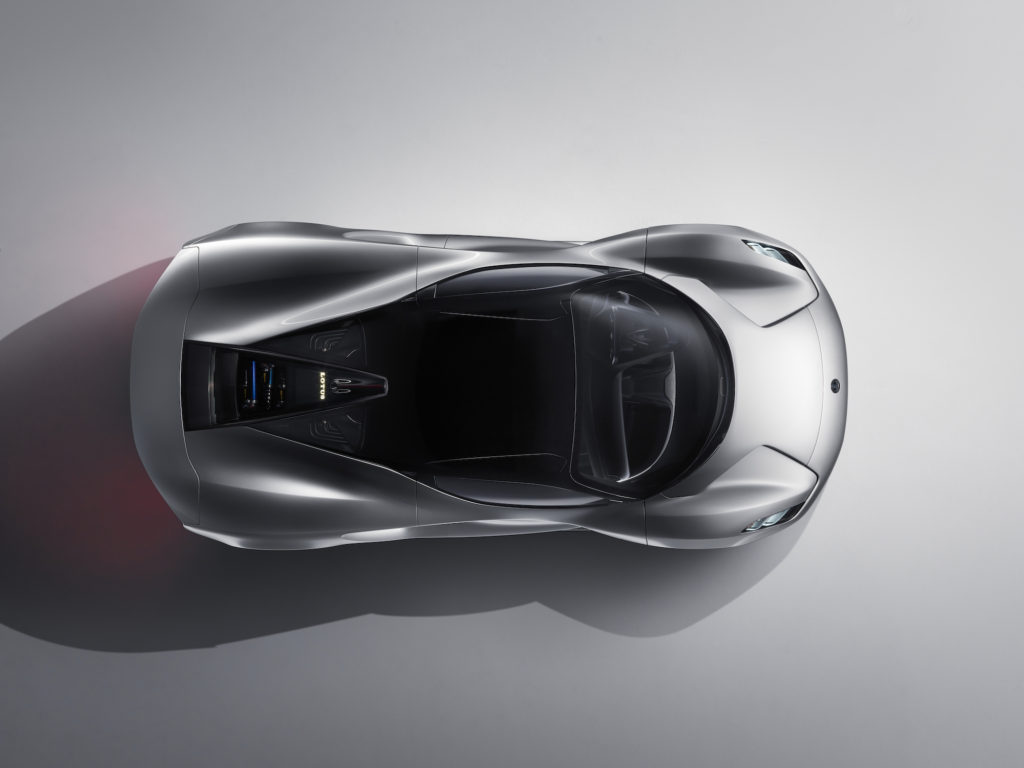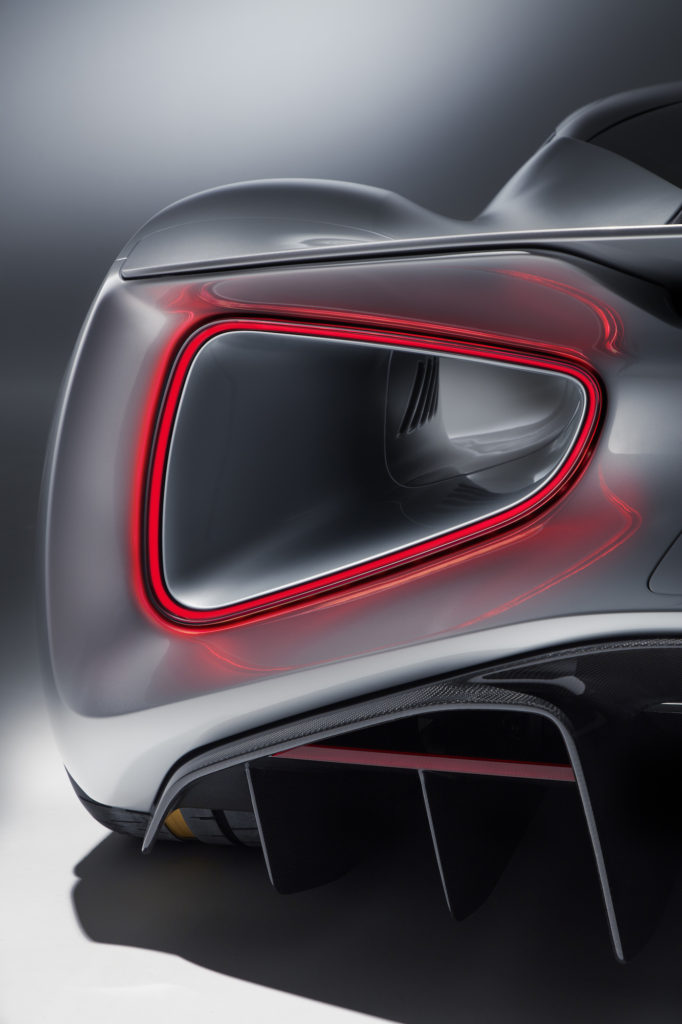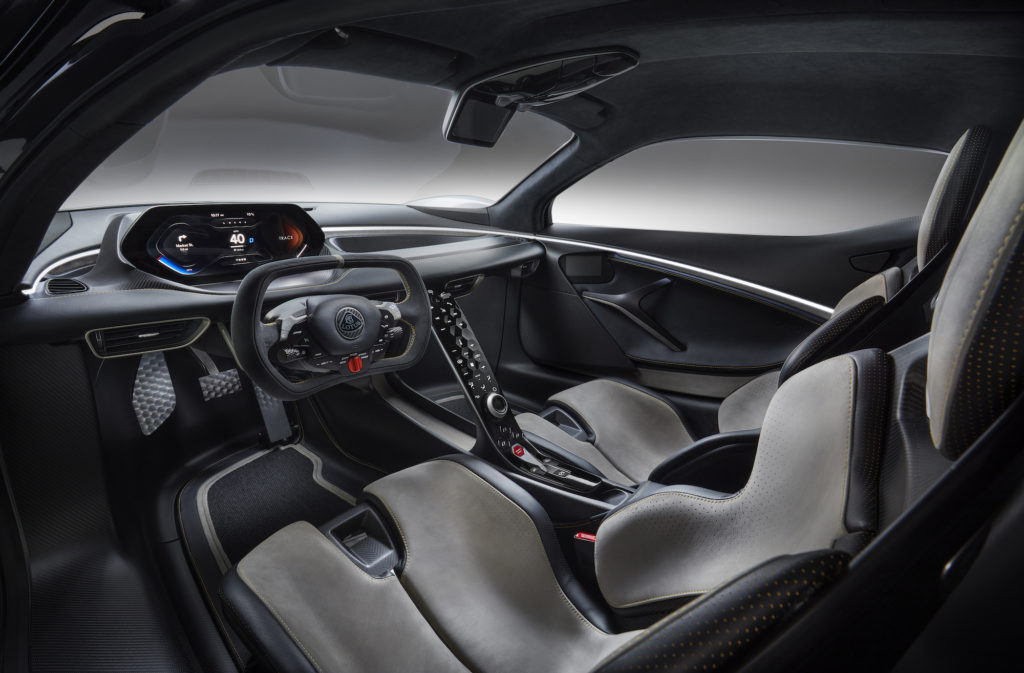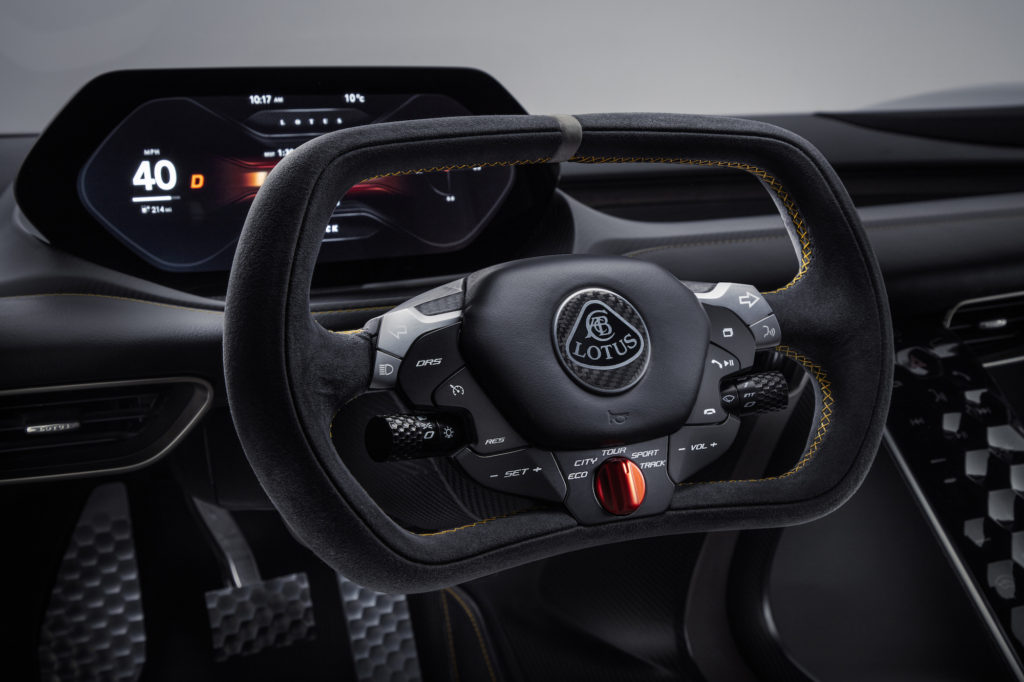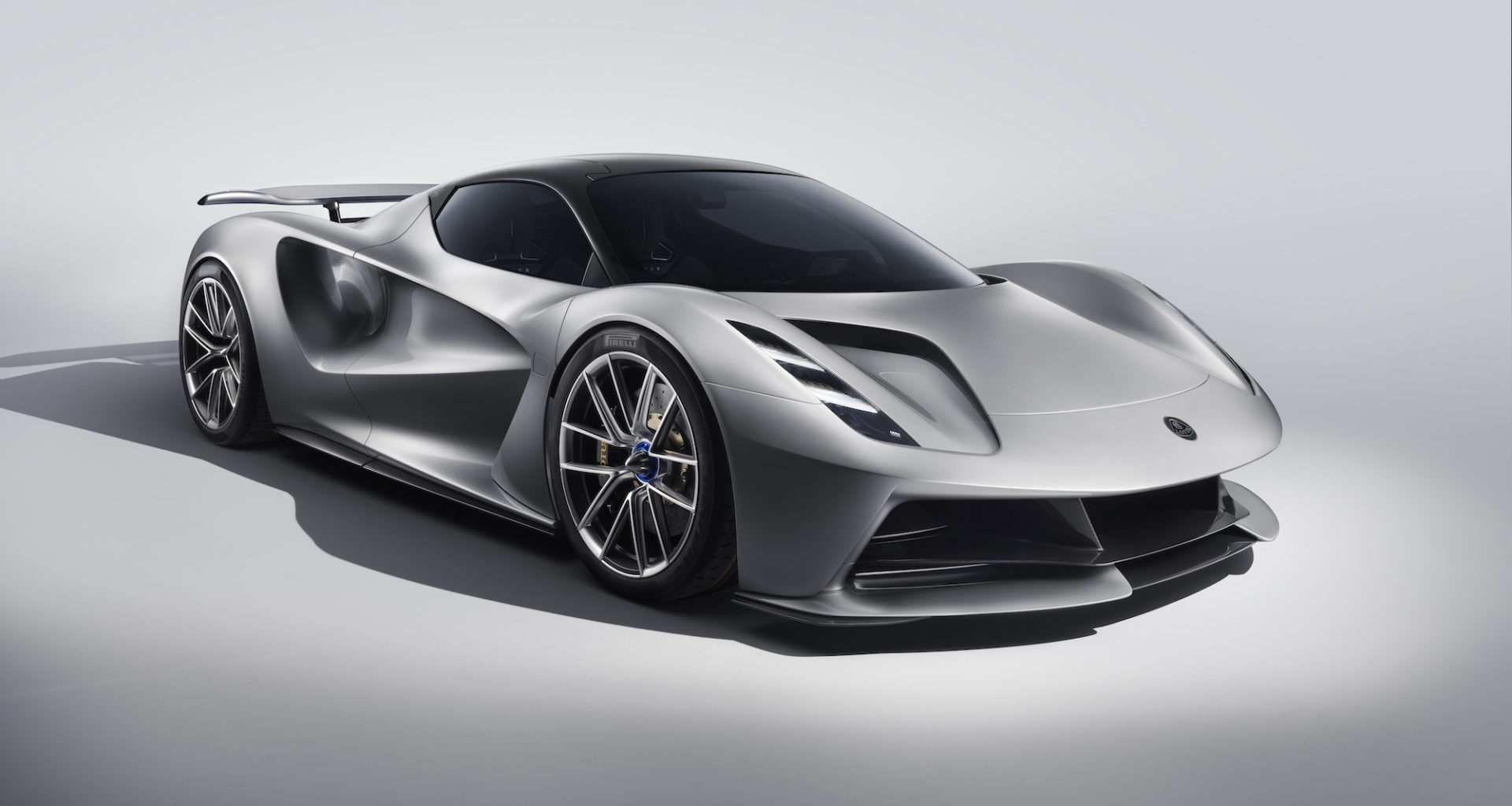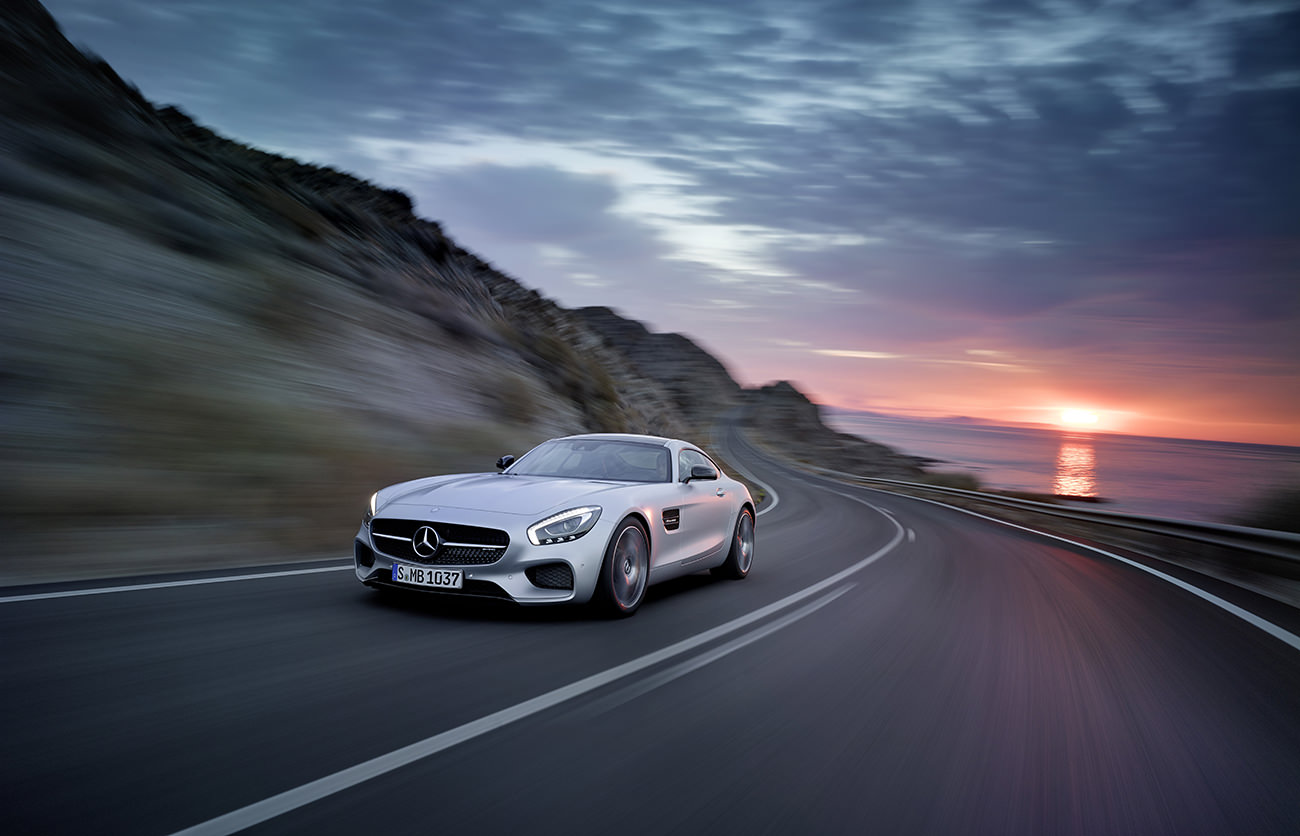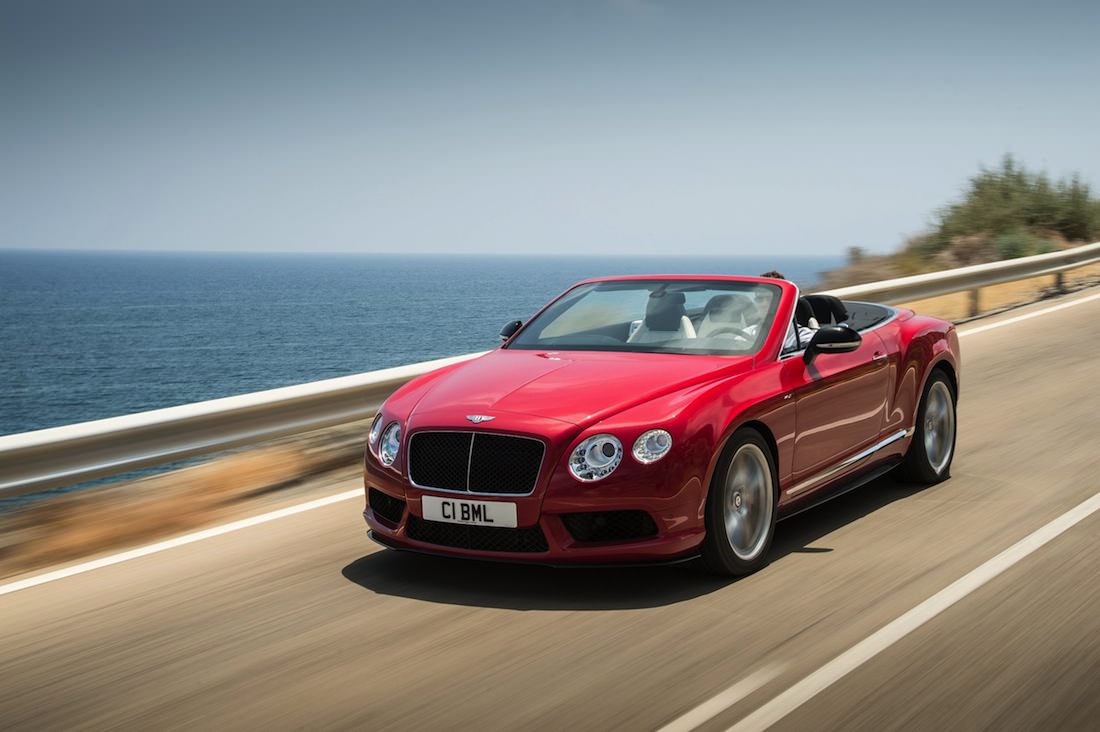Lotus Evija : the most powerful hypercar ever with 2 000 hp
Being a true monster of power, the futuristic Lotus Evija is the very first 100% electric and zero-emission car imagined by the British firm. Previously known as the “Type 130”, this hypercar challenges the very definition of automobile performance. Under its bonnet, the Lotus Evija hides an 2000 hp power electric group : an absolute record in hypercar’s history !
A litteral electric rocket
Propelled by four electric engines developed by Integral Powertrain, the Lotus Evija has a lithium-ion battery of 70 kWh. Created by F1 racing team Williams, it delivers an astonishing power of 2000 kW. On road, the Lotus Evija also registers impressive numbers. Among others : the hypercar swallows the 0 – 100 km/h under three seconds before dashing at 300 km/h in less than nine seconds. Speed-wise, the electric car can reach a maximum of 320 km/h.
Despite its bigger than life performances, the Evija has nevertheless an autonomy of 400 km. At full power, the hypercar can endure 7 minutes before a drop in speed. The Evija is compatible with the upcoming 800 kW : with it the car should be fully charged under 10 minutes. For now, the future owners of the Evija will have to use the 350 kW terminals with which the car will be fully charged under 18 minutes.
Goodbye superleggeras !
The traditional Lotus’ moto, “Light is right !”, is no more. With its heavy engine group, the hypercar brushes the 1700 kg mark. It’s a modest weight if take into account the other hypercars on the market. Inspired by professional cyclists equipments, its carbon-fiber monocoque chassis is light. The Bugatti Chiron, for exemple, weights in at 1995 kg.
The Lotus Evija : a divine silhouette
It’s also on the subject of its appearance that the Lotus Evija breaks with tradition. With its many air intakes, the hypercar’s aesthetic is as ingenious as it is aerodynamic. Acting as a cooler, its two-levels front valence panel stocks air and distributes it in the engine and the battery. On its sides, tunnels pierce through the Evija’s rear wing before forming large air intakes on its back which are encircled by brake lights. To strengthen its aerodynamism, its rear-view mirrors are nowhere to be seen. They are replaced by electronic cameras which diffuse on a three screen system the surroundings of the vehicle. Similarly, the Evija’s doors don’t have visible handles.
On the subject of its interiors, the Evija is highly uncluttered. Its centre console, which looks like a hive, integrates a majority of the car’s commands. Those which controls the doors are on a roof console. Inspired by F1’s cars, the hypercar’s wheel is square shaped and covered by alcantara.
Starting 2020, 130 units will be produced in Outre-Manche and sold at an immense cost of 2 millions euros. Note that a refundable deposit of 277 000 € is expected to book the vehicle.
Discover other immensely powerful vehicles in our SUPERCARS section.
